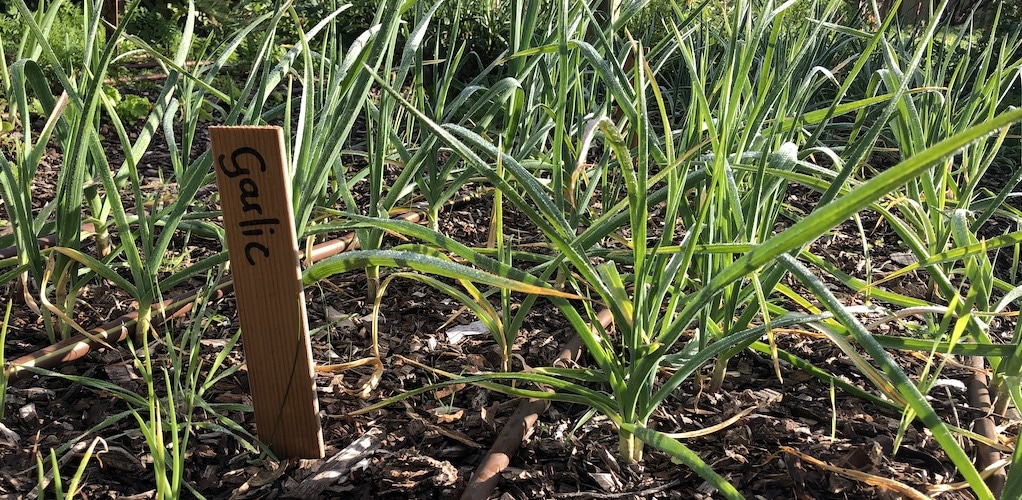The Witchcliffe Ecovillage horticulture team has been very busy this season preparing the demonstration organic market garden, avocado mounds, vineyard and planting out cover crops.
Based on the results of our soil tests, we recently ordered and applied a number of nutrient and soil amendments to our 15 garden beds at the Ecovillage, which are 15m long x 1.2m wide (approximately 270sqm overall). One of the benefits of being part of an ecovillage is that we can buy these things in bulk, bringing the cost down significantly. However, organic inputs do cost more and the total cost this season was about $1,000 per hectare. This works out to be about 10 cents per square metre, which is not too bad on the home garden front, but gives you an idea what broad acre farmers have to fork out.
Why plant cover crops?
One reason some fertilisers are getting more expensive is because they are finite, and we are running out things like phosphorous and potassium on this planet. As such, it’s important to use these resources wisely and find ways of maintaining healthy growth with less inputs and holding onto the fertility we have in our system. This season we planted cover crops extensively to literally green manure our soil. Cover crops provide soil organisms with heaps of energy, courtesy of the carbohydrates they make by photosynthesising. The soil microbes in turn use that energy to acquire nutrient elements from the air and the soil, which they then trickle back to the plants in a steady stream. Elements are then contained within living cells as they cycle through the food chain and eventually end up in the stable soil complex, humus – there to be utilised when needed.
It is important to grow a diversity of plant types in a cover crop to support the diversity of species above and below ground. Different organisms have relationships with different plants. By including grasses, legumes and other broadleaved herbaceous species in the mix, we provide for a range of microbes, animals and insects, all of which play a part. Our challenge will be how to keep as much photosynthesis and life going through the dry summer so we can further build upon our fertility when rain falls again.
What’s next?
The next few months are going to be super busy as we have to get the grape cuttings planted out followed by the avocados. We are also maintaining the bund plantings, making compost in bulk, starting a seed bank, propagating a range of species for the property and keeping up with the herb / vegetable / flower gardens. All the planted areas need to be managed for weeds, pests and diseases, and we also need to set up reticulation so they are watered throughout spring and summer.
Next year, the team will further develop plans to expand the orchard, berries, herbs and poultry, with a roadside vegie stall also on the cards, depending on the harvest.

